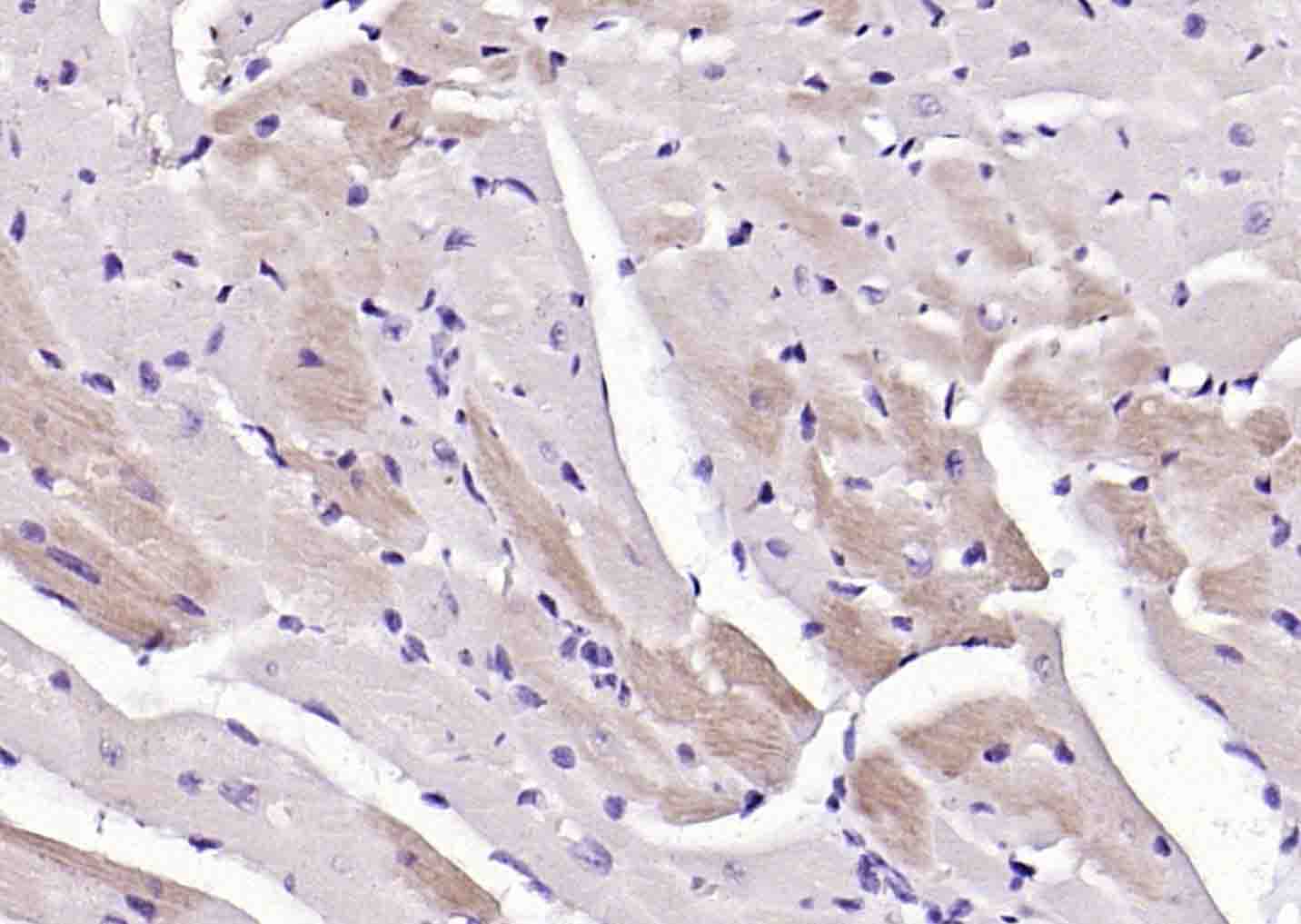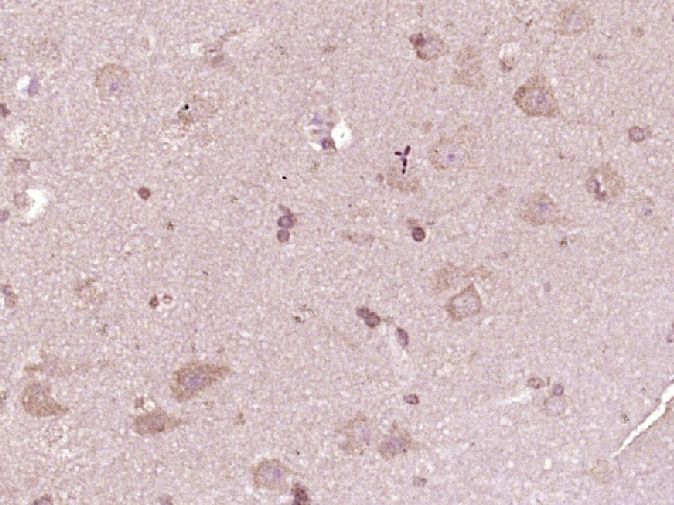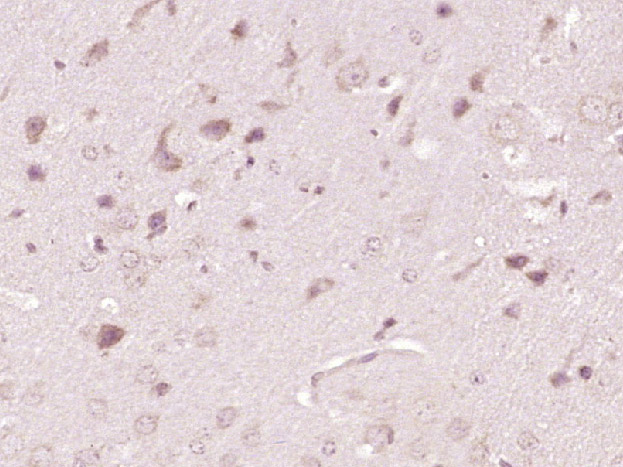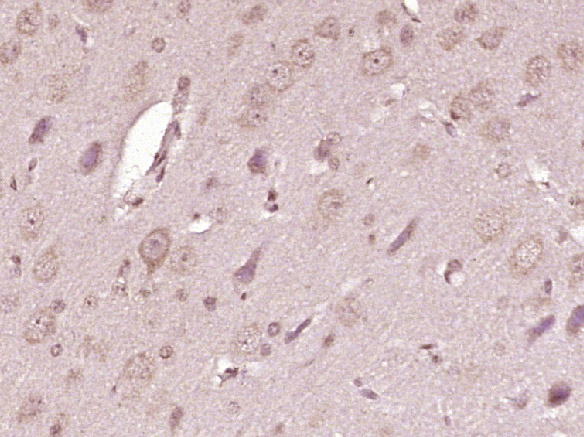sales@bioss.com.cn
techsupport@bioss.com.cn
400-901-9800
Host: Rabbit
Target Protein: ATP7A Rabbit pAb
IR: Immunogen Range:242-285/1500
Clonality: Polyclonal
Isotype: IgG
Entrez Gene: 538
Swiss Prot: Q04656
Source:
KLH conjugated synthetic peptide derived from human ATP7A:242-285/1500
Purification: affinity purified by Protein A
Storage: 0.01M TBS (pH7.4) with 1% BSA, 0.02% Proclin300 and 50% Glycerol. Shipped at 4℃. Store at -20℃ for one year. Avoid repeated freeze/thaw cycles.
Background: Copper-transporting ATPase 1 is an integral membrane protein cycling constitutively between the trans-golgi network and the plasma membrane. It may supply copper to copper-requiring proteins within the secretory pathway, when localized in the trans-golgi network. Under conditions of elevated extracellular copper, it relocalized to the plasma membrane where it functions in the efflux of copper from cells. Defects in ATP7A are the cause of Menkes syndrome; also known as kinky hair disease, an X-linked recessive disorder.
Size: 200ul
Concentration: 1mg/ml
Applications: IHC-P=1:100-500,IHC-F=1:100-500,IF=1:100-500,Flow-Cyt=2ug/Test
Cross Reactive Species: Human,Mouse,Rat (predicted: Rabbit,Cow,Dog,Horse)
For research use only. Not intended for diagnostic or therapeutic use.




